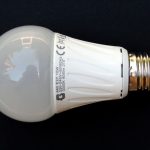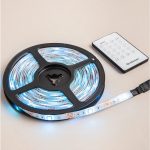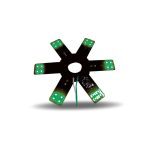Discover the 3 Types of LED Light Bulbs You Need to Know
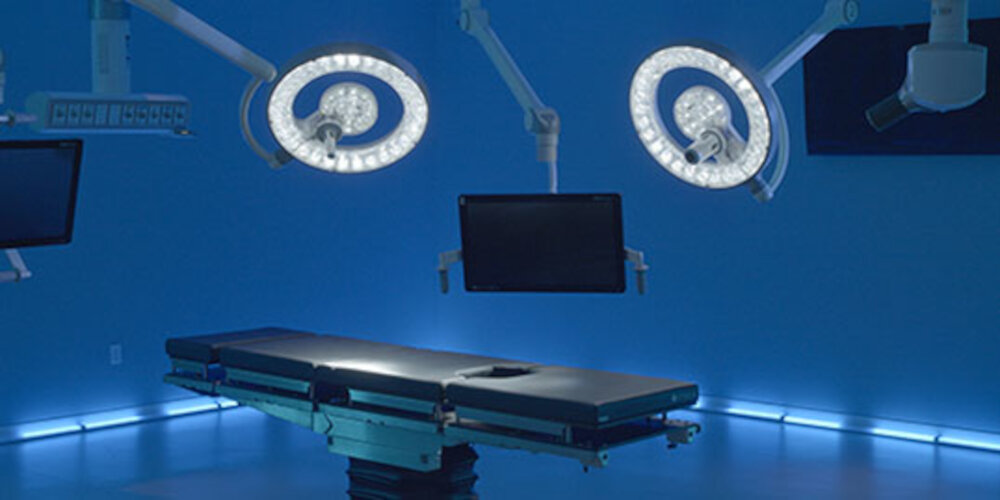
Lighting is a crucial aspect of our daily lives. It not only helps us see in the dark but also adds a touch of elegance to our homes and surroundings. With the advancement in technology, LED light bulbs have become increasingly popular among consumers. They are energy-efficient, long-lasting, and eco-friendly. LED bulbs are available in various types and shapes, and it can be challenging to choose the right one that suits your needs. In this article, we will explore the three types of LED light bulbs that you need to know about. The first type of LED light bulb is the A19 bulb. It is the most common type of bulb used in households. A19 bulbs are shaped like a traditional incandescent bulb and are used in lamps, ceiling fixtures, and other household lighting applications. They are available in various colors and dimming options, making them a versatile choice for any room in the house. A19 LED bulbs are energy-efficient and have a longer lifespan than traditional incandescent bulbs, making them an excellent investment for homeowners. In the following sections, we will explore two other types of LED light bulbs that are gaining popularity in the lighting industry.
Understanding LED Lighting
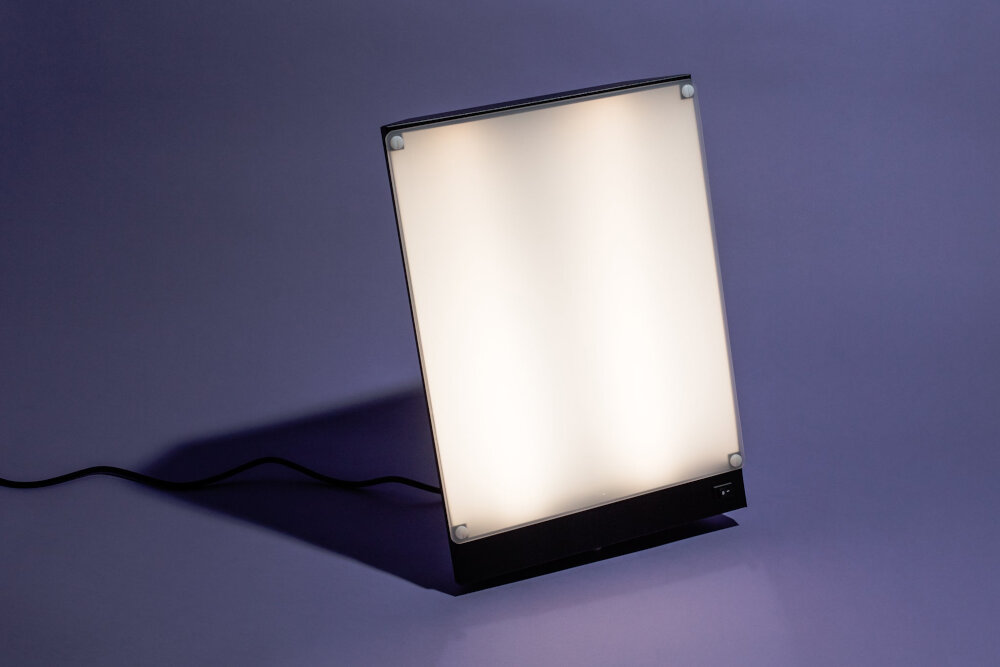
LED lighting is a popular choice for homes and businesses alike due to its energy efficiency, durability, and long lifespan. However, it’s important to understand the technology behind LED lighting and how it differs from traditional incandescent bulbs. LED stands for \light-emitting diode,\ and unlike incandescent bulbs, which use a filament to create light, LED bulbs use a semiconductor material that emits light when an electrical current passes through it. This makes them much more energy-efficient, as they require far less electricity to produce the same amount of light as an incandescent bulb. Additionally, LED bulbs are much more durable than their incandescent counterparts, as they have no fragile filament that can break or burn out. There are three main types of LED light bulbs: standard LED bulbs, LED floodlights, and LED spotlight bulbs. Standard LED bulbs are the most common type and are designed to replace traditional incandescent bulbs in a variety of applications. They come in a range of wattages and color temperatures, making them suitable for everything from reading lamps to overhead lighting. LED floodlights are designed to emit a wide, diffuse beam of light, making them ideal for outdoor lighting, security lighting, and commercial applications. Finally, LED spotlight bulbs are designed to emit a narrow, focused beam of light, making them ideal for accent lighting, task lighting, and directional lighting applications. By understanding the different types of LED bulbs and their applications, you can choose the right bulbs for your specific lighting needs and enjoy the energy savings and durability that LED lighting provides.
LED lighting is a modern and energy-efficient lighting technology that uses light-emitting diodes (LEDs) to produce light. Unlike traditional incandescent bulbs, LED bulbs do not rely on heating up a filament to generate light. Instead, they convert electrical energy directly into light through a process called electroluminescence. This makes LED bulbs much more efficient, long-lasting, and versatile than other lighting options. LED bulbs are available in a range of colors and intensities, and they can be used in a variety of settings, from homes and offices to outdoor spaces and industrial environments. With their low energy consumption, long lifespan, and eco-friendly design, LED bulbs are quickly becoming the preferred lighting choice for consumers and businesses alike.
LED lighting has been gaining popularity over the past few years, and for good reason. One of the biggest advantages of LED lighting is its energy efficiency. Compared to traditional incandescent bulbs, LED bulbs use up to 80% less energy, which translates to lower energy bills and a reduced carbon footprint. Additionally, LED bulbs have a longer lifespan, lasting up to 25 times longer than incandescent bulbs. This means fewer replacements and less waste. LED bulbs also emit less heat, making them safer to use and reducing the load on air conditioning systems. Finally, LED lighting offers a range of color temperatures and dimming options, allowing for greater customization in lighting design. Overall, LED lighting is a smart investment for anyone looking to save money, reduce their environmental impact, and enjoy high-quality lighting.
LED bulbs, or Light Emitting Diodes, operate by passing an electric current through a semiconductor material, which then emits light. The semiconductor is made up of a positively charged layer and a negatively charged layer, with a junction between them. When an electric current is passed through the junction, the negatively charged electrons move towards the positively charged layer, releasing energy in the form of photons, or light particles. The color of the light emitted is determined by the material used in the semiconductor. LED bulbs are energy-efficient, long-lasting, and eco-friendly, making them a popular choice for lighting homes, offices, and public spaces.
Types of LED Light Bulbs
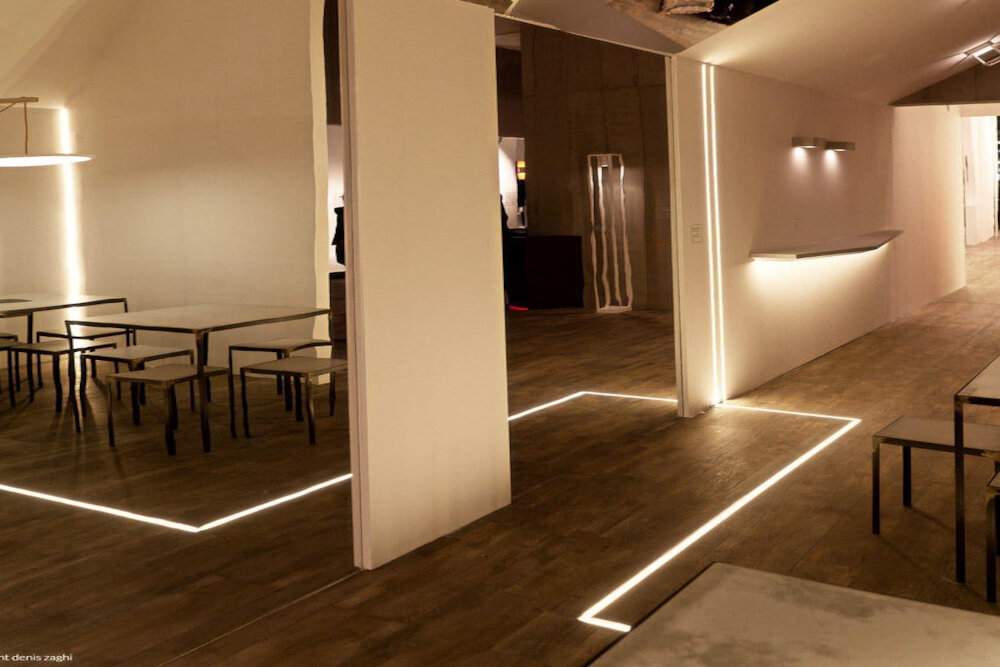
The emergence of LED light bulbs has transformed the lighting industry, providing consumers with energy-efficient and long-lasting lighting solutions. LED light bulbs are now available in a variety of shapes, sizes, and colours to suit different lighting applications. There are three main types of LED light bulbs: A-type, MR-type and PAR-type LED bulbs. A-type LED bulbs are the most common type of LED light bulbs and are designed to replace traditional incandescent bulbs. These bulbs are available in different sizes and shapes, including standard, globe, and candle-shaped bulbs. A-type LED bulbs provide a warm, white light that is perfect for use in living spaces and bedrooms. They are also energy-efficient, using up to 80% less energy than traditional incandescent bulbs and lasting up to 25 times longer. These bulbs are a great choice for those looking to save money on their energy bills and reduce their carbon footprint. MR-type LED bulbs are designed for use in track and recessed lighting fixtures. These bulbs are available in a range of sizes and are perfect for highlighting specific areas of a room, such as artwork or architectural details. MR-type LED bulbs are also energy-efficient and long-lasting, providing up to 25,000 hours of light. They are available in a variety of beam angles, from narrow to wide, to suit different lighting applications. MR-type LED bulbs are a great choice for those looking to add a touch of elegance to their home lighting system.
Dimmable LED bulbs are a type of LED light bulb that allows you to control the brightness level of your lighting. These bulbs are designed to work with dimmer switches, which enable you to adjust the light output according to your needs. Dimmable LED bulbs are energy-efficient and long-lasting, making them a popular choice for homeowners and businesses alike. They are available in a variety of color temperatures, from warm white to cool white, and can be used in a variety of settings, including residential, commercial, and industrial applications. Whether you’re looking to create a cozy atmosphere in your living room or a bright, well-lit workspace, dimmable LED bulbs are an excellent choice for any application.
Smart LED bulbs are a revolutionary innovation in the lighting industry that can be controlled via smartphone apps or voice-activated assistants. These bulbs have the capability to adjust their brightness, color temperature, and even color, making them an ideal choice for creating different moods and atmospheres in any room. They are energy-efficient, long-lasting, and offer a range of features that traditional bulbs cannot match. With smart LED bulbs, users can create schedules, set timers, and remotely control their lighting with ease, making them a convenient and practical choice for modern-day living. Furthermore, they are compatible with a range of smart home systems, enabling users to integrate their lighting with other devices to create a truly connected home.
Decorative LED bulbs are a great way to add some style and personality to your home lighting. These bulbs come in various shapes, sizes, and styles, including vintage, globe, and Edison bulbs, that can add a unique touch to any room. Decorative LED bulbs are not only stylish but also energy-efficient and long-lasting, making them an excellent investment for your home. They emit a warm, soft glow that creates a cozy ambiance and can be used as standalone lighting or in combination with other lighting fixtures. Whether you want to add some flair to your dining room, bedroom, or living room, decorative LED bulbs are a versatile and attractive lighting option.
Choosing the Right LED Light Bulbs
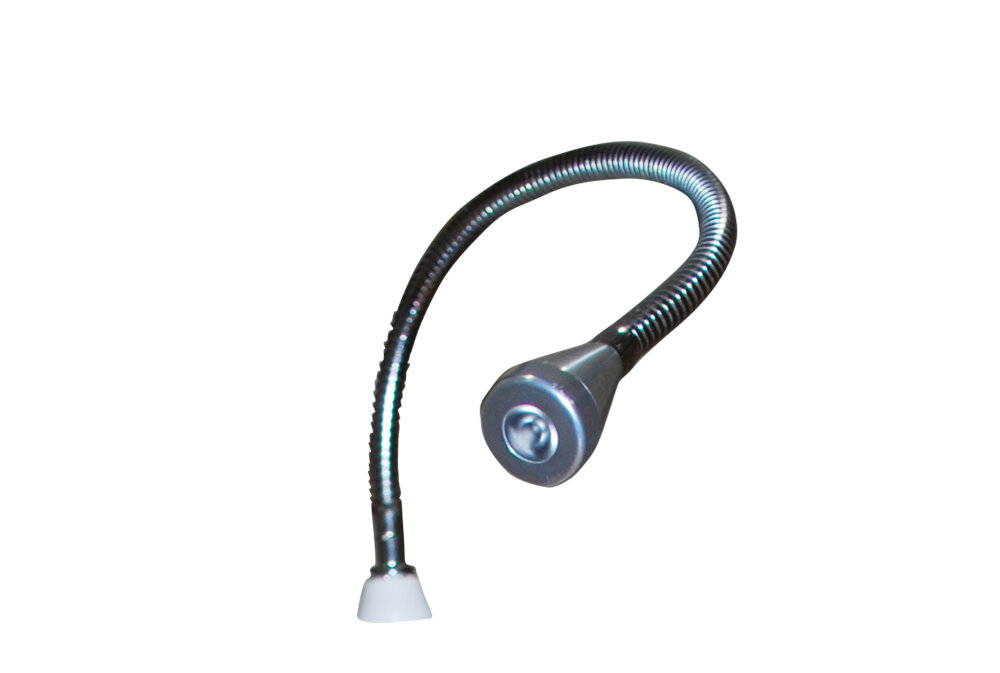
Choosing the right LED light bulbs can be an overwhelming task for most people, especially given the vast array of options available in the market today. However, by considering a few key factors, you can make an informed decision and select the best LED light bulbs for your specific needs. First, you should think about the brightness level you require for your space. LED bulbs come in different brightness levels, measured in lumens. The higher the lumens, the brighter the light. Therefore, if you need a bright light for your work area, you may want to opt for bulbs with higher lumens. On the other hand, if you want a more subdued ambiance for your bedroom or living room, lower lumens may be more appropriate. Another factor to consider when choosing LED light bulbs is the color temperature. LED bulbs come in a range of color temperatures, expressed in Kelvin. Lower Kelvin numbers indicate a warmer, yellowish light, while higher Kelvin numbers indicate a cooler, bluish light. Depending on your preference, you can choose bulbs that emit a warm, cozy glow or a cooler, more invigorating light. Additionally, you should consider the shape and size of the bulb. LED bulbs come in various shapes and sizes, such as standard, globe, candle, or tube. You should choose a bulb that fits the fixture you intend to use it in to ensure optimal performance and functionality.
When considering LED light bulbs, there are several factors to keep in mind. The first factor is the type of base the bulb has, as this will determine if it fits into your existing light fixtures. Another factor is the color temperature, which can range from warm whites to cool blues and can impact the ambiance of a room. Additionally, it’s important to consider the bulb’s brightness level, which is measured in lumens, as this will determine how much light the bulb emits. Finally, the lifespan of the bulb and its energy efficiency should also be taken into account, as this can impact its long-term cost-effectiveness. By considering these factors, you can choose the right LED light bulbs for your home or business.
Wattage and lumens are two important terms to consider when choosing the right LED light bulb for your needs. Wattage refers to the amount of energy that the bulb uses, while lumens measure the brightness of the light it emits. In the past, people would typically look for bulbs with higher wattage to get brighter light, but with LED technology, this is no longer the case. LED bulbs are much more energy-efficient and can produce the same amount of brightness with a lower wattage. Instead, it’s the lumens that determine how bright the light will be, so it’s important to choose a bulb with the appropriate amount of lumens for your space.
Color temperature refers to the hue of light produced by a light source, expressed in degrees Kelvin (K). It can have a significant impact on the ambiance and mood of a space. The three primary color temperatures of LED light bulbs are warm white, cool white, and daylight. Warm white bulbs have a color temperature of around 2700K, producing a cozy and relaxing atmosphere, making them ideal for use in living rooms, bedrooms, and dining rooms. Cool white bulbs have a higher color temperature of around 4000K, giving off a brighter and more energizing light, which is perfect for workspaces, kitchens, and bathrooms. Daylight bulbs have the highest color temperature of around 5000K, simulating natural daylight, and are often used for task lighting and outdoor areas.
When considering switching to LED light bulbs, compatibility with existing fixtures and dimmer switches is an important factor to keep in mind. LED bulbs come in a variety of shapes and sizes, so it’s essential to make sure the bulb you choose will fit your fixture. Additionally, not all LED bulbs are compatible with dimmer switches, so it’s crucial to look for bulbs that are specifically labeled as \dimmable.\ Choosing the right LED bulb that fits your fixture and works with your dimmer switch will ensure that you get the most out of your lighting system and create the perfect ambiance for any occasion.
Installation and Maintenance Tips
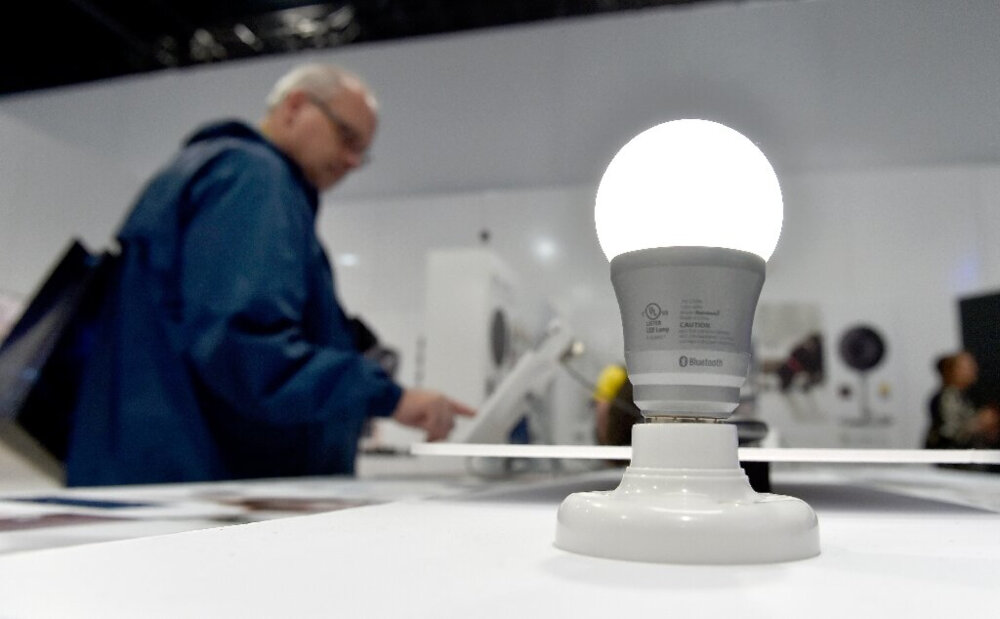
Installation and maintenance tips are essential when it comes to LED light bulbs. First and foremost, it is necessary to read and follow the manufacturer’s instructions carefully. Always ensure that the bulb is compatible with the fixture and that the wattage is suitable. Also, it’s crucial to switch off the power supply before installing or replacing the LED light bulbs to avoid any electrical accidents. Additionally, it’s recommended to clean the fixture and the bulb’s base regularly to prevent dust accumulation, which can affect the bulb’s performance. When it comes to maintenance, LED light bulbs are relatively low maintenance compared to traditional incandescent bulbs. However, it’s still essential to check the bulbs periodically for any signs of damage or discoloration. If a bulb is flickering or not working correctly, it’s best to replace it immediately. It’s also important to note that LED bulbs can last for up to 25,000 hours, which is significantly longer than incandescent bulbs. Therefore, it’s recommended to replace the bulbs only when necessary to avoid unnecessary expenses. By following these installation and maintenance tips, you can ensure that your LED light bulbs perform optimally and have a longer lifespan.
When it comes to installing LED light bulbs, there are a few key things to keep in mind. First, it’s important to make sure that the bulbs you’re using are compatible with your existing fixtures. This can vary depending on the type of fixture you have, so be sure to do your research before making a purchase. Once you have the right bulbs, installation is generally quite straightforward. Simply turn off the power, remove the old bulbs, and screw in the new LEDs. Some bulbs may require additional steps, such as removing a cover or replacing a ballast, so again, be sure to read the instructions carefully. Once your new LED bulbs are installed, you can enjoy the energy savings and long lifespan that these bulbs offer.
Maintenance and cleaning are crucial aspects of LED light bulbs. To ensure maximum efficiency and longevity, it’s essential to keep the bulbs clean and free from dust and debris. Regular cleaning with a soft, dry cloth is recommended to prevent scratches or damage to the surface. Additionally, periodic maintenance checks are necessary to ensure that the bulb is functioning correctly and that there are no loose connections or other issues that could lead to reduced performance or safety hazards. Taking the time to maintain and clean your LED light bulbs will not only prolong their lifespan but also ensure that they continue to provide optimal lighting for your home or workspace.
When it comes to LED light bulbs, users may encounter a few common issues that can be easily troubleshooted. One of the most common problems is flickering, which may occur due to poor connections or a faulty driver. Another issue is dimming problems, which may be caused by incompatible dimmer switches or incorrect installation. Lastly, some users may experience a lack of brightness, which may be remedied by ensuring that the bulb is compatible with the fixture and that it is installed correctly. By identifying and addressing these common issues, users can enjoy the benefits of LED lighting without the frustration of technical difficulties.
LED light bulbs offer a range of benefits that make them an excellent choice for lighting. Firstly, they are energy-efficient, using up to 80% less energy than traditional incandescent bulbs, resulting in significant cost savings over time. They also have a longer lifespan, lasting up to 25 times longer than incandescent bulbs, reducing the need for frequent replacements. LED bulbs emit less heat, making them safer and more comfortable to use, especially in enclosed spaces. Additionally, they are eco-friendly, as they do not contain harmful substances such as mercury, and are recyclable. With a wide range of color options and adjustable brightness, LED bulbs are versatile and suitable for various applications, from home lighting to commercial use.
When it comes to choosing the right LED bulbs for your needs, there are a few factors you should consider. First, think about the brightness you require – this can be measured in lumens. Secondly, think about the color temperature you prefer, which is measured in Kelvins. Additionally, you should consider the bulb’s lifespan and energy efficiency. Finally, be sure to choose the right bulb shape and size to fit your fixture. By taking these factors into account, you can ensure that you choose the perfect LED bulb for your space, whether you need task lighting in your home office or ambient lighting in your living room.
When it comes to LED light bulbs, installation and maintenance are key factors that can ensure a long lifespan and optimal performance. Firstly, make sure to read the manufacturer’s instructions carefully before installing the bulbs. It’s important to choose a bulb that is compatible with your fixture, and to handle the bulb gently to avoid damaging it. Additionally, consider cleaning the fixture periodically to remove dust and debris that can reduce the bulb’s brightness. For maintenance, check the bulb periodically for signs of wear, such as flickering or dimming, and replace it if necessary. Finally, be sure to dispose of used bulbs properly, as they contain hazardous materials that can be harmful to the environment. By following these tips, you can ensure that your LED light bulbs provide efficient and reliable lighting for years to come.
Conclusion
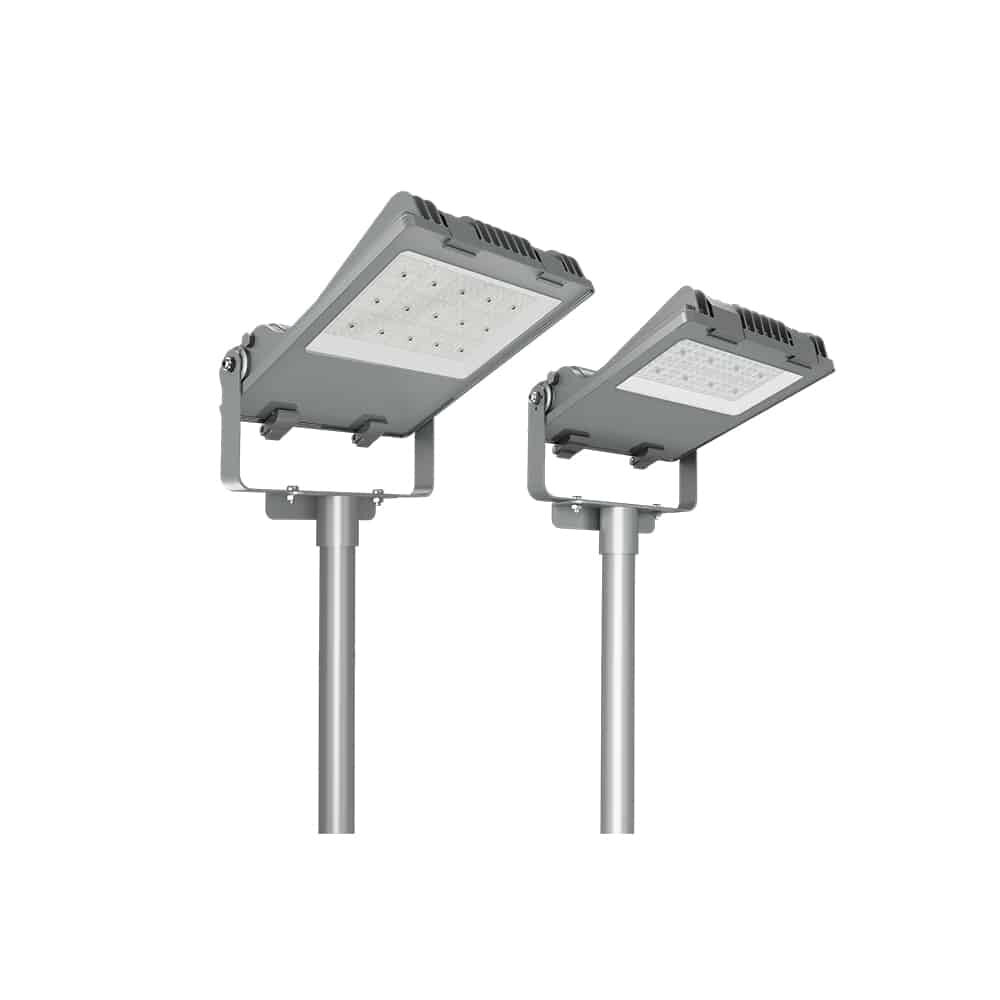
In conclusion, understanding the different types of LED light bulbs is essential for making informed decisions about lighting choices for your home or business. From the energy-saving benefits of the LED A19 bulb, to the directional capabilities of the MR16 bulb, to the versatile and decorative options of the LED filament bulb, each type has its unique advantages. By knowing which type of bulb is best suited for your specific lighting needs, you can achieve the perfect balance of functionality and style while reducing energy consumption and costs. So, whether you’re looking to brighten up your living space or enhance your outdoor areas, LED light bulbs provide an efficient and effective solution that can transform any environment.

